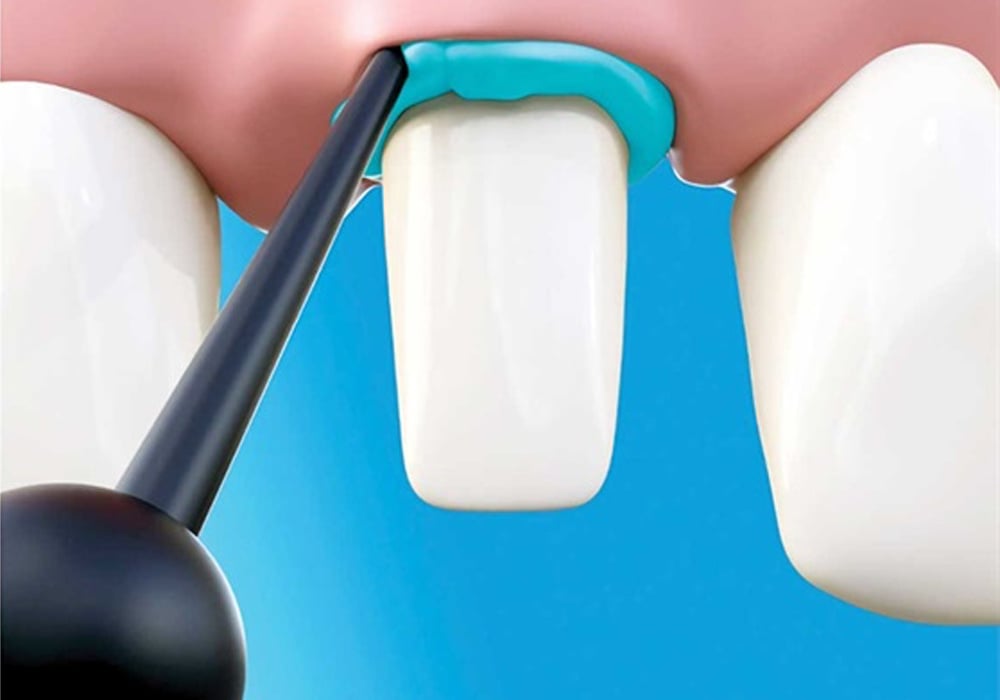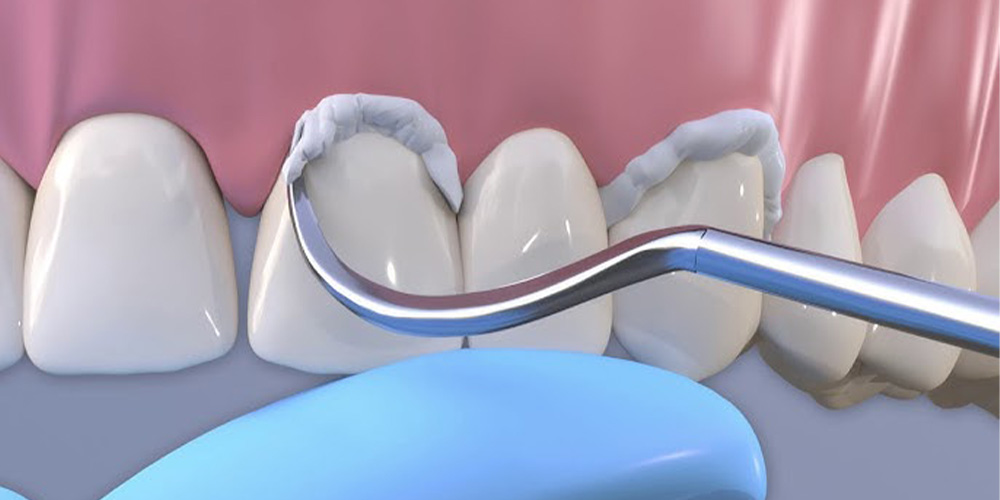Cutting the Cord - and Costs With a New Approach to Gingival Retraction
Fixed prosthetics are an intrinsic part of any dental practice. While the market for dental implants continues to grow, the majority of crowns are...
3 min read


Gingival retraction is such a commonplace activity that it makes incredible sense for it to be as quick and painless (for practitioner and patient!) as possible. A VOCO survey from a sample set of 20 leading dentists from across the US & Canada returned an average of 20 retractions per week per practitioner. For years packing cord was the standard of care and other methods such as electrosurgical instruments and lasers have been employed especially in situations where more aggressive retraction was required. But what about situations such as when employing digital scans for veneers—when moderate to less-than-moderate average to less-than-average retraction is needed?
Retraction pastes offer the clinician an alternative to the previously mentioned methods, but they come with their own set of challenges: Most of them have either a metal or hard plastic tip, and if practitioners aren't careful, they may inadvertently nick the gingival tissue and there goes a clean, dry sulcus. Furthermore, if there's nearly any backpressure or resistance to extruding the paste, hands are going to shake (even just a tiny bit) and practitioners can run the risk of losing accuracy and, again, increase the chances of nicking the gingival tissue. Some retraction pastes leave a stain on the tooth and practitioners can find that makes seeing the details of the prep within the scan more difficult. And at times, some retraction pastes seem to really wants to stay in the sulcus, requiring more time and effort to remove all of it, or worse, discovery only after removal of the impression material!
Essentially, proper retraction requires a dry field, and in the modern day marketplace, many retraction pastes get in their own way - whether it's a problem with their delivery method such as the shape and size of their capsule tip, the difficulty in extruding the material, or the formulation itself.
VOCO's research & development team had the benefit of competitors with which to compare their efforts. Noting that one of the biggest challenges was maintaining a dry field, and they identified one of the primary culprits creating this challenge were the metal and hard plastic tips. VOCO responded by designing a particularly long and thin application tip made with a softer, more flexible plastic.
This enables practitioners to more accurately and more gently place the material directly into the sulcus, minimizing the risk of inadvertently damaging the tissue, which in turn minimizes the chance of unnecessary moisture (blood) undermining the desired result of a dry field. This in combination with its aluminum chloride-base as an astringent offers a significant improvement in successfully achieving and maintaining a dry field throughout the procedure.
"It comes in unidose with an extra-long, thin, direct cannula on it," notes Susan McMahon, DMD of Esthetic Dentistry Pittsburgh, international lecturer and opinion leader, "So it flows directly into the suclus."
One can consider things like the tip a "hardware" problem, so to speak--important to be sure, but what about the formulation of the material itself? Dr. McMahon found that the material's ability to maintain a dry field after application to be particularly useful:
"Anytime I’m inserting all porcelain restorations that I’m bonding to or around the margins of the gingiva, and you have any kind of exudate or maybe just a little bit of hemorrhage, this product works great. It leaves you a 100% dry field; it doesn’t hemorrhage. If you want to ensure that your field is perfectly dry and isolated for bonding or inserting restorations, it’s a really nice product to use."
Working in combination with the special tip design, VOCO Retraction Paste was formulated to be easily extruded in what VOCO refers to as "2-stage Viscosity". It flows easily through the tip with a low extrusion force, minimizing the risk of the tip unintentionally nicking the gingiva. Second, after initial application, it stabilizes and widens within the sulcus over 1 to 2 minutes, making it easier to remove with a simple water spray. Add to that VOCO Retraction Paste's bright turquoise coloring and removal is quick and easy. The entire process can be wrapped up in about 3 minutes - which is up to 50% faster than packing cord alone.
Bonus benefit - VOCO Retraction Paste doesn't stain the gingiva or tooth, resulting in a clean and clear prep practitioners can more easily work with that does not inhibit the ability to clearly see the prep in a digital scan. Dr. McMahon notes: "VOCO Retraction Paste does all things. It gets into the sulcus with ease, retracts the tissue and rinses off easily without leaving any residue. That's what makes it remarkable."
What we want to see in the application of a good retraction paste: visible, adequate, stain-free retraction and a dry field. In this case, provided by Dr. Susan McMahon, all of these desirable qualities are on display. The initial clinical situation looked like this:

Directly after application - note the clean, consistent placement throughout the area in question:

Gingival tissues after removal of the paste - note the dry field:

Tissues are clearly retracted, dry and clean:

Trying to retract living tissue without damaging it and with minimal bleeding is a tall order with various challenges and variables that can/will impact the final results. VOCO Retraction Paste has taken the benefits of a retraction paste in a SingleDose cap and improved upon current marketplace offerings, giving practitioners a faster, safer and more effective solution to the retraction problem.
Learn more about VOCO Retraction Paste here, and if you would like to request a free sample to try it for yourself, simply fill out this form.

Fixed prosthetics are an intrinsic part of any dental practice. While the market for dental implants continues to grow, the majority of crowns are...

Statistics indicate that the average dental office in the United States performs thirty crown preparations per month. Considering that most offices...

GrandioSO, VOCO's universal, light-cured, 89% filled nano-hybrid composite, celebrates its 10-year anniversary in 2022. Its success is a function of...